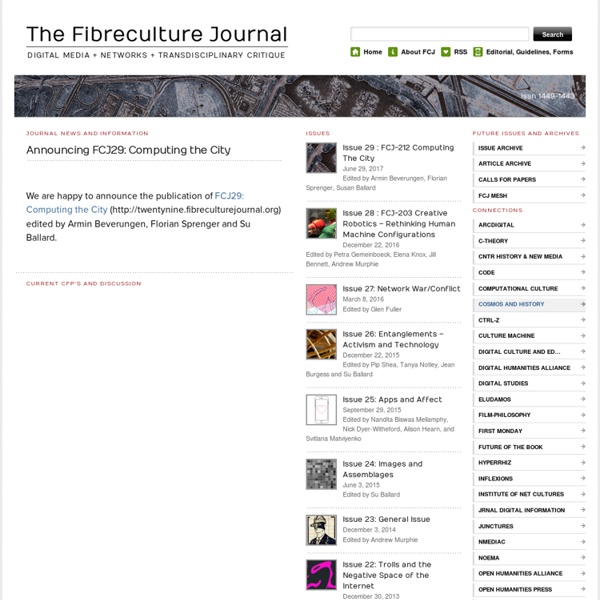



Open source religion Yoism symbol Open-source religions attempt to employ open-source methodologies in the creation of religious belief systems.[1] They develop their systems of beliefs through a continuous process of refinement and dialogue among the believers themselves. In comparison to traditional religions – which are considered authoritarian, hierarchical, and change-resistant – they emphasize participation, self-determination, decentralization, and evolution. Followers see themselves as part of a more generalized open source movement, which does not limit itself to software, but applies the same principles to other organized, group efforts to create human artifacts.[1] Another early example, in 2001, Douglas Rushkoff organized the first Reboot summit that took place in 2002.[8] "The object of the game, for me, was to recontextualize Judaism as an entirely Open Source proposition. Another example is Open Source Religion, founded by Sidian M.S. References[edit] Further reading[edit] Evan (May 2008).
[ Blok Not ] _.oO Kronik|Umeur|Ydés Social Sciences | Human Communication Research Journals which have discontinued or transferred from Oxford Journals to another publisher in previous years OAH Magazine of HistoryPrint ISSN: 0882-228X Online ISSN: 1938-2340 This journal is ceasing publication at the end of 2013. Previous content will continue to be available via the Oxford Journals website. European Journal of Heart FailurePrint ISSN: 1388-9842 Online ISSN: 1879-0844 This journal will be published by Wiley-Blackwell from 2014. InnovAiTPrint ISSN: 1755-7380 Online ISSN: 1755-7399 This journal will be published by SAGE from 2013. Writing Systems ResearchPrint ISSN: 1758-6801 Online ISSN: 1758-681X This journal will be published by Taylor & Francis from 2012. Evidence Based Complementary and Alternative MedicinePrint ISSN: 1741-427X Online ISSN: 1741-4288 This journal will be published by Hindawi from 2011. Journal of the Royal Musical AssociationPrint ISSN: 0269-0403 Online ISSN: 1471-693 This journal will be published by Taylor & Francis from 2009
CMC Magazine January 1997 Computer-Mediated Communication Magazine ISSN 1076-027X / Volume 4, Number 1 / January 1, 1997 Editor's Page: What Are We Talking About? It's a term in our magazine's name, but what does it mean? What is CMC? Scholars have been studying what we know today as computer-mediated communication for decades, resulting in set of terms for a variety of study areas. Does CMC Present Individuals with Disabilities Opportunities or Barriers? The Internet can bring significant opportunities for people with disabilities to communicate. A Rose by Any Other Name Is Computer-Mediated Communication one entity which performs only one function? Intercultural Computer-Mediated Communication As online interactions increasingly become intercultural, how can we focus on designing computer-mediated communication systems that show an awareness of international languages and perspectives? Notes on Defining of Computer-Mediated Communication A reader responds about imagination and hypertext.
SAGE Publications - Journal Issue - Qualitative Research Tea for Two: Bringing Informal Communication to Repositories Abstract Although informal communication has always been a part of scholarly communication, its value as an important means for sharing perceptions and knowledge has not always been recognized or properly put to good use. Three add-ons for the DSpace platform have been developed under the "DSpace Dev@University of Minho" project. The next natural step is to further develop and integrate the features of these add-ons into a new cross-repository service that allows knowledge to be transferred across communities in a broader and improved way and to provide better means to access comprehensive information about communication relationships between scholarly entities. Some of the changes that will have to be made to the current features of these add-ons in order to implement such a system have been identified and described in this article. We also present the rationale that supports the vision of a system that accommodates the add-ons developed. 1. 2. Description of DSpace Resources 3.
MONK Project » Welcome